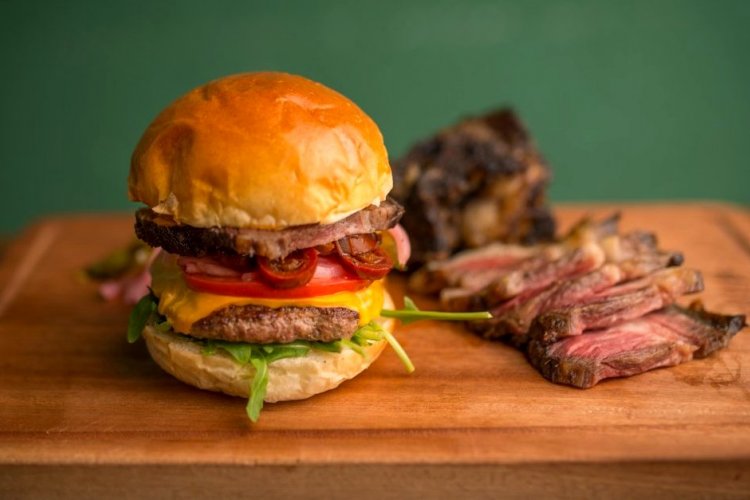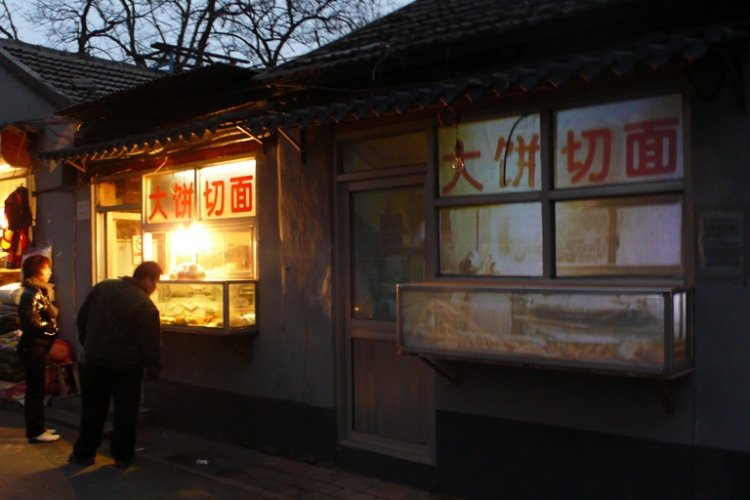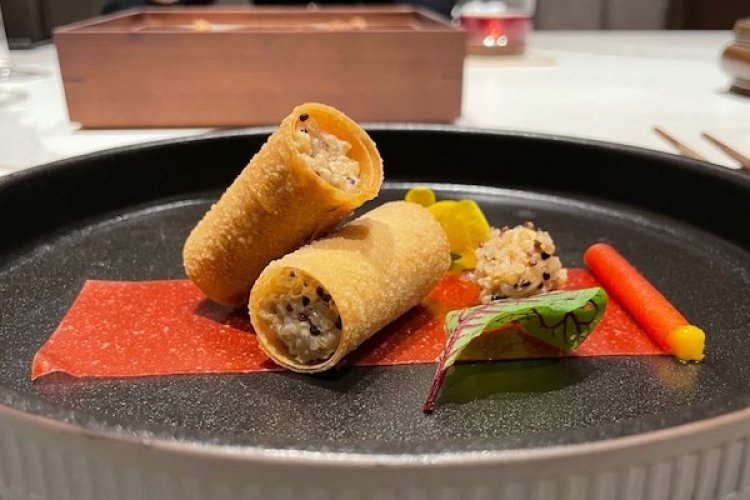Boringly Bizarre: Arrow Factory Founders Rania Ho and Wang Wei
In 2008 Rania Ho and Wang Wei, along with curator Pauline Yao, chose an unassuming hutong in which to house one of Beijing’s most innovative art spaces, Arrow Factory. Besides working as curators of exhibitions and creating their own interactive installation art pieces, the pair also design interiors via their boutique design firm, Kupa Studios – they conceived the chic space that is Apothecary, among others. The couple took some time to have a chat with Agenda about their projects and the art scene in China.
Your compact and central gallery, Arrow Factory, is far away from the big art districts like 798 and Chaochangdi. Why chose this location?
Rania Ho: Wang Wei, curator Pauline J. Yao and I run Arrow Factory. The three of us were interested to see if there were alternative possibilities to the big box galleries that were progressively moving further and further away from the city center. However, our intent was not merely to rent a small space – we were open to trying things in a new and different way, and this space revealed itself to us. We initially funded the project by ourselves. In this last year we have started to receive some private donations. Since we are on a low budget, having a small space keeps the overhead minimal so we can focus on what’s important – the artwork.
What do the locals think?
Rania: The neighbors express themselves in a way that are at different times – intrigued, confused, annoyed, amused, entertained or surprised. Generally, they think we are very odd for renting a storefront and not appearing to do any commerce there. However, they seem to enjoy the spectacle, and I’m sure they enjoy having something to talk about during their evening stroll through the hutong.
How did you get involved in art?
Rania: My background is in theater. I come at projects from both a visual and literary perspective. I think of the works as momentary “performances” that do not necessarily require human performers, but relies on attention, audience and interaction from the viewer.
Wang Wei: I studied at CAFA (Central Academy of Fine Art) in Beijing. Art is a way to express a point of view and a feeling towards society and what is happening around me.
Rania, the environment seems to be a theme in your recent artwork – for example ‘Vegetable liberation project’ (2009) and ‘New found land 1’ (2009). Does this reflect an important thematic link for you?
These works were not created to be environmentally aware so much as they were my personal reactions to a very specific social environment. Both pieces use the environment as elements of the work, but they are not intended to be “environmentally aware” art. These two pieces were both created in Japan, and are directly related to ideas, conditions and reactions that I had while doing an artist residency in Yokohama.
Where do you find inspiration for your work?
Rania: Everyday life. We all live mundanely fascinating and boringly bizarre lives.
Wang Wei, your art often focuses on large spaces and the exploration of physical and metaphysical spaces. What is your artistic background? How did you make the leap to producing multi-media installation pieces?
I have a background in mural painting, so there was always a process of thinking about the work in a space. I became interested in working in installation, because there was a sense that one was not limited by the materials. Also, it seemed that there was more possibility in these spatial works to immerse the audience and have a stronger experiential component to the work. There is also a performance aspect of the work that involves the audience. I feel there are more possibilities with installation than there are with painting.
Have you ever encountered any difficulties when creating your work?
Wang Wei: It’s always hard to make interesting work. The creative process is never easy.
Chinese contemporary art is about to enter into its fourth decade – how do you see contemporary art in China evolving?
Rania: Thirty plus years is not that long. We are still at the beginning of the process. We are still experimenting and learning. Good ideas will stand the test of time and will build up into something significant. That’s my optimistic answer.
Do you think the financial crisis has had an effect on China’s contemporary art scene?
Rania: The financial crisis, while having a minimal impact on the Chinese economy, seems to have given some artists that were overly busy the time and space to breathe, get proper sleep and actually think about making art. The hyperbolic reactions to the market can now stop and artists can be more calm and real. It’s refreshing.
Your boutique design firm, Kupa Studios, is responsible for Apothecary’s contemporary interior (as well as Mosto, Boulangerie Nanda and Chang & Biorck’s Sanlitun store). What’s the concept behind the design firm?
Rania: The concept behind the design firm is that there are opulent, brash, something-to-prove destinations in Beijing and there are divey, cheap, questionable-toilet type places in Beijing, but there are very few places that are warm, low-key, subtle, handcrafted, clean and comfortable. We re-interpret locally available and commonly found materials in creative ways with a focus on detail and quality. We are ecologically conscious and re-use materials whenever possible. Our designs are simple and pleasant environments for people.
Each interior that you create seems to be very unique to the owner and the business – how do you go about designing the interiors for these places?
Rania: Our relationship with the clients is collaborative and the spaces are custom designed for each client. We analyze the space and take into consideration the type of business it will be. We bring out the potential of the existing space and explore all the options and possibilities. We choose materials that relate to the space and how it will be used. Our process balances material and form to create a unique look and feel for the client. We are not interested in generic spaces that can be used and reproduced anywhere. Our designs celebrate the uniqueness of each business and express the individual personalities of the people who run them.
In order to create such unique interiors, do you have a special work crew helping you achieve your vision?
Our relation with the work crew is also important. We have a regular team that we work with that we’ve developed a good relationship and rapport with over the last few years. We’ve developed a mutual understanding, so that we understand their working methods and they understand what we want and why. What’s next for both of you? Rania: Not sure. As usual, every¬thing is open, and in flux.
Arrow Factory, 38 Jianchang Hutong (Off Guozijian Jie), Dongcheng District. www.arrowfactory.org.cn 箭厂空间, 东城区箭厂胡同38号(国子监街内)
Kupa Studios www.kupastudios.com.cn
To see a selection Rania’s work, visit www.dancingtoasters.com



![[FORMAT] 2020 Burger Cup Sweet 16 Matchups: Arrow Factory vs Jing-A [FORMAT] 2020 Burger Cup Sweet 16 Matchups: Arrow Factory vs Jing-A](https://www.thebeijinger.com/sites/default/files/styles/blog_list_image/public/thebeijinger/blog-images/100/arrow_factory_vs_jinga_2x.jpg)
